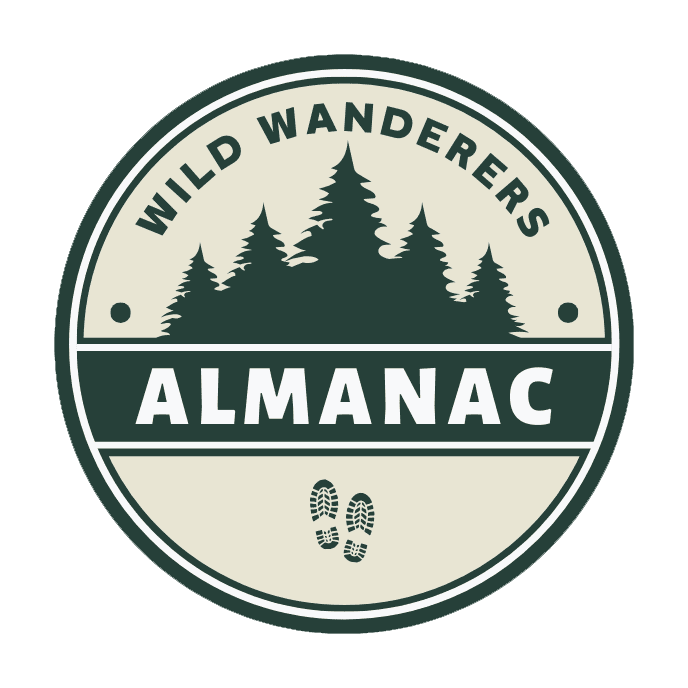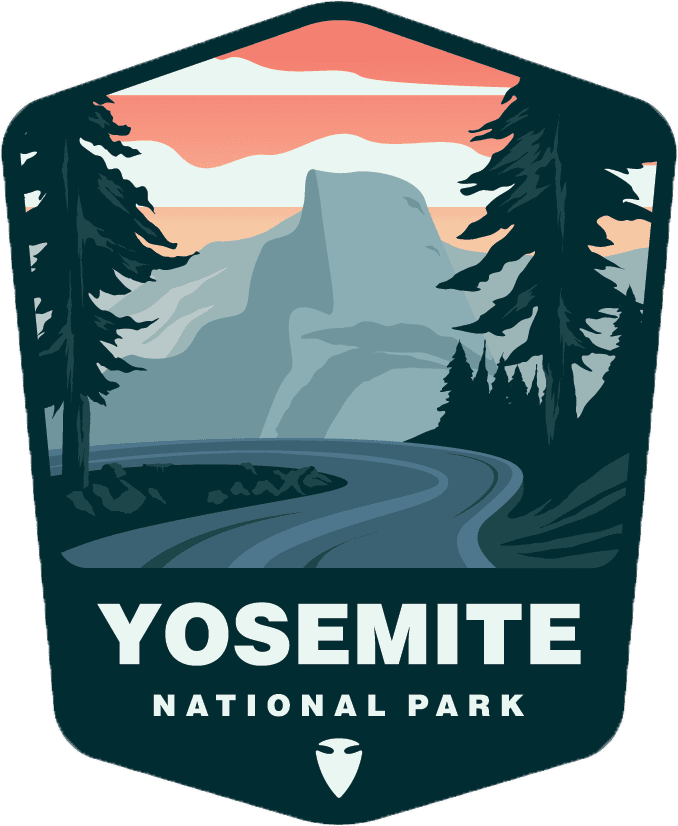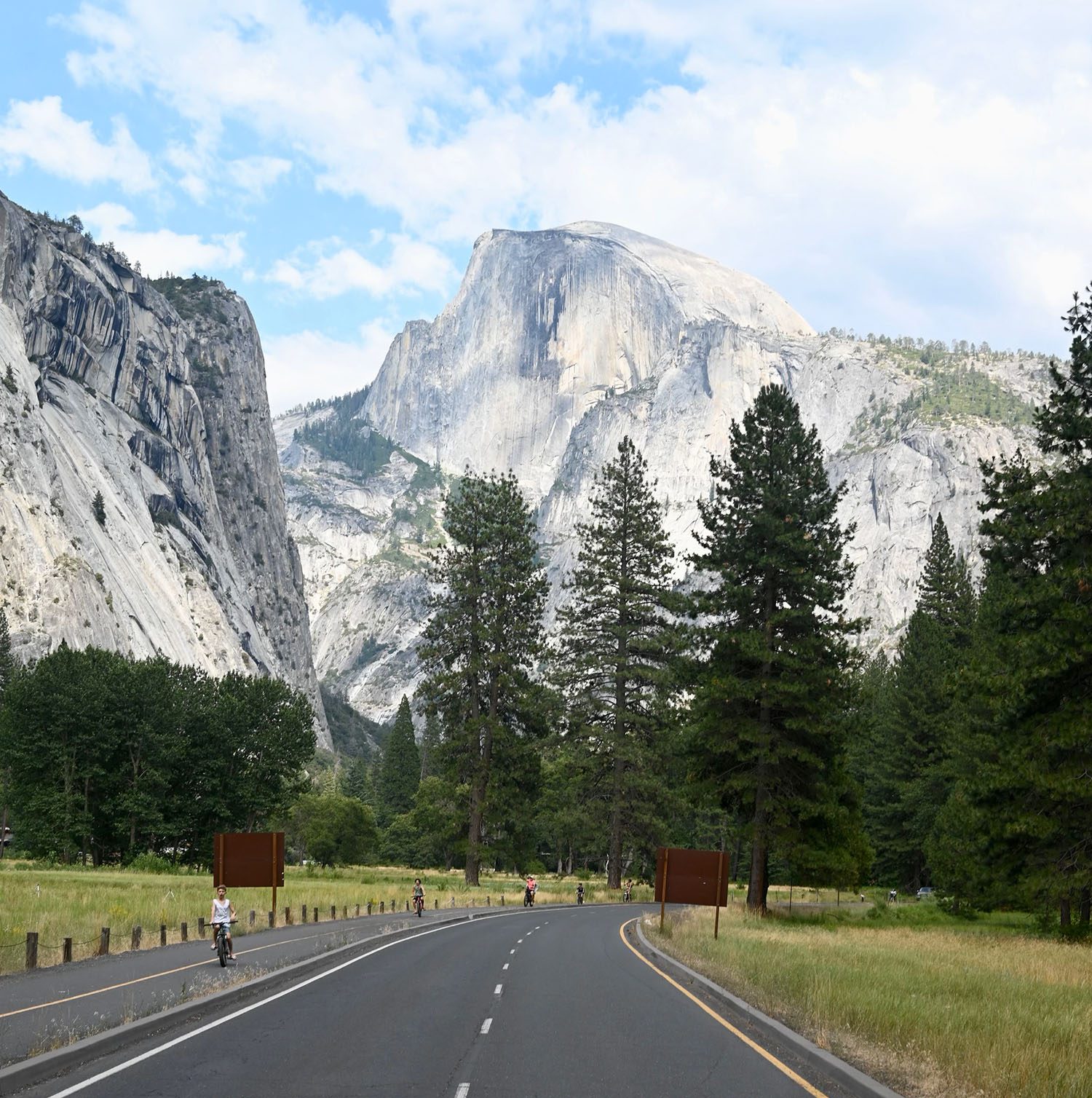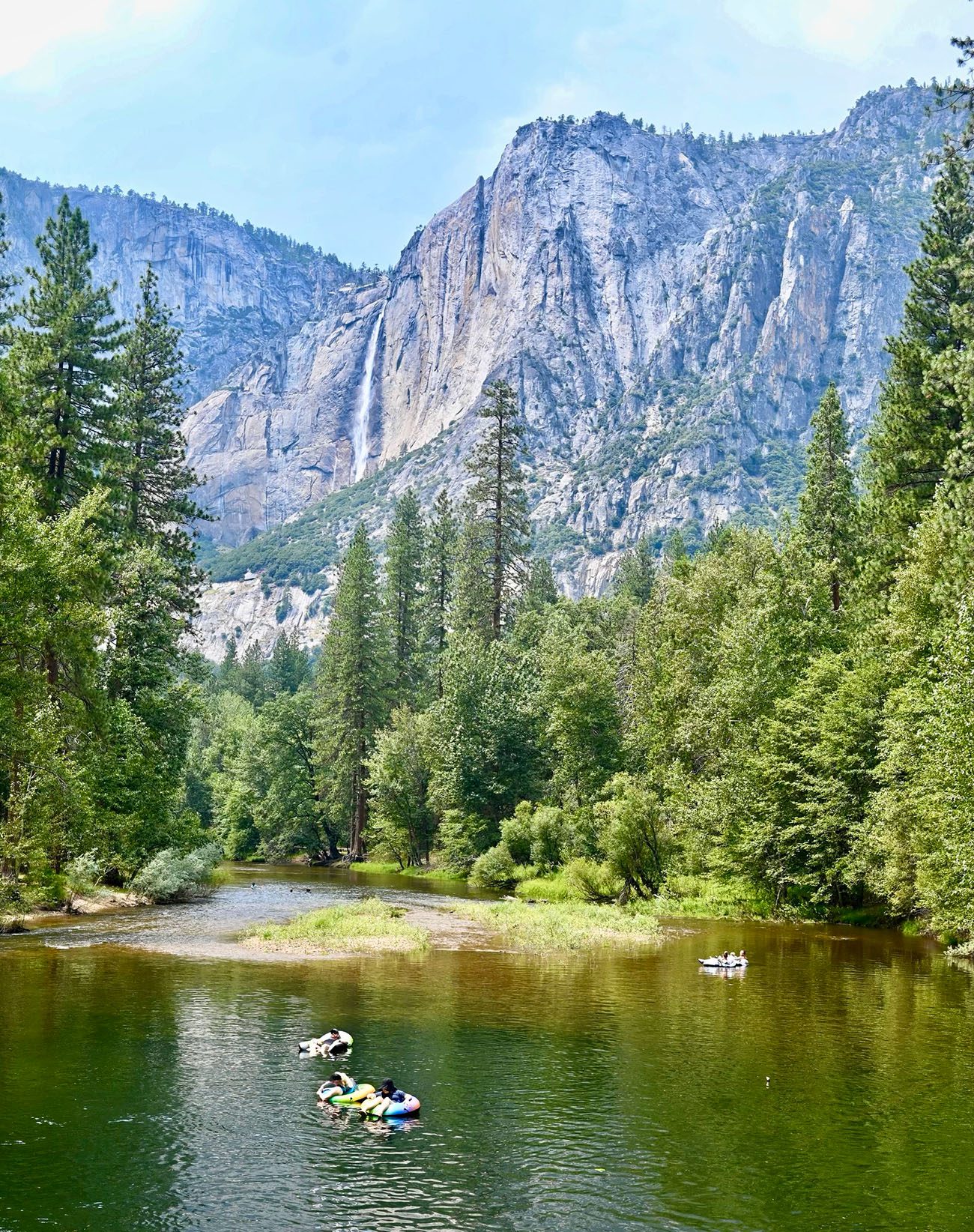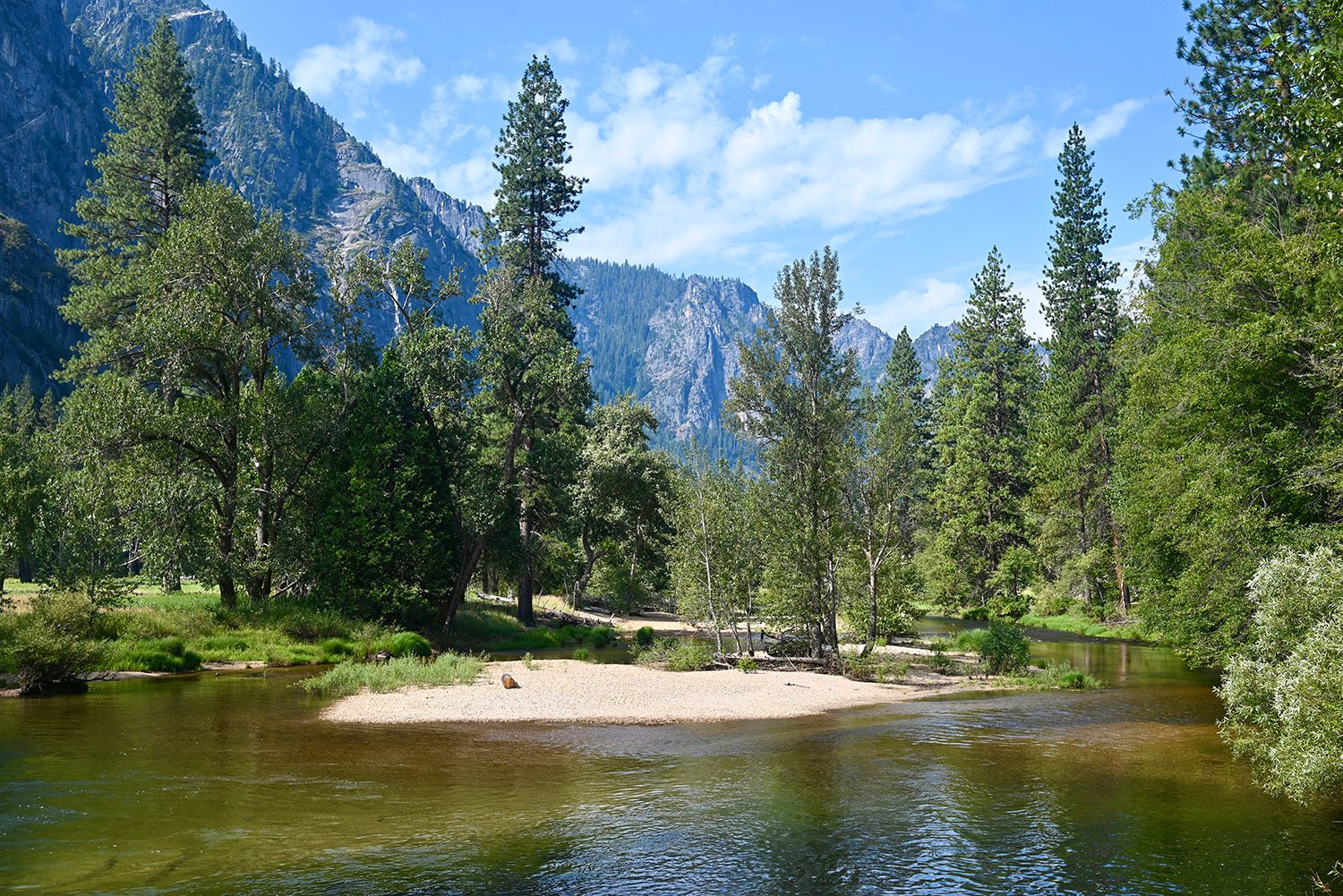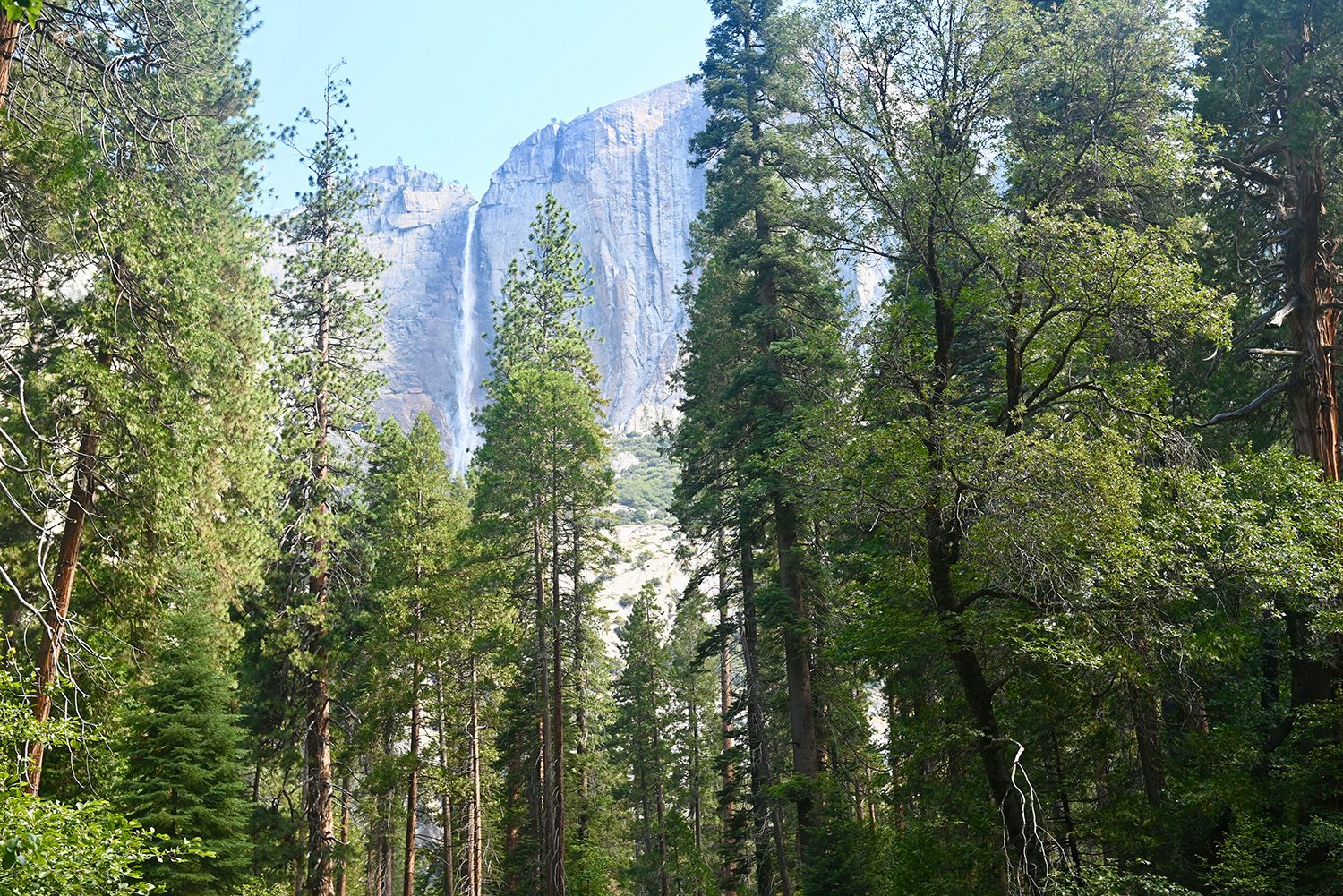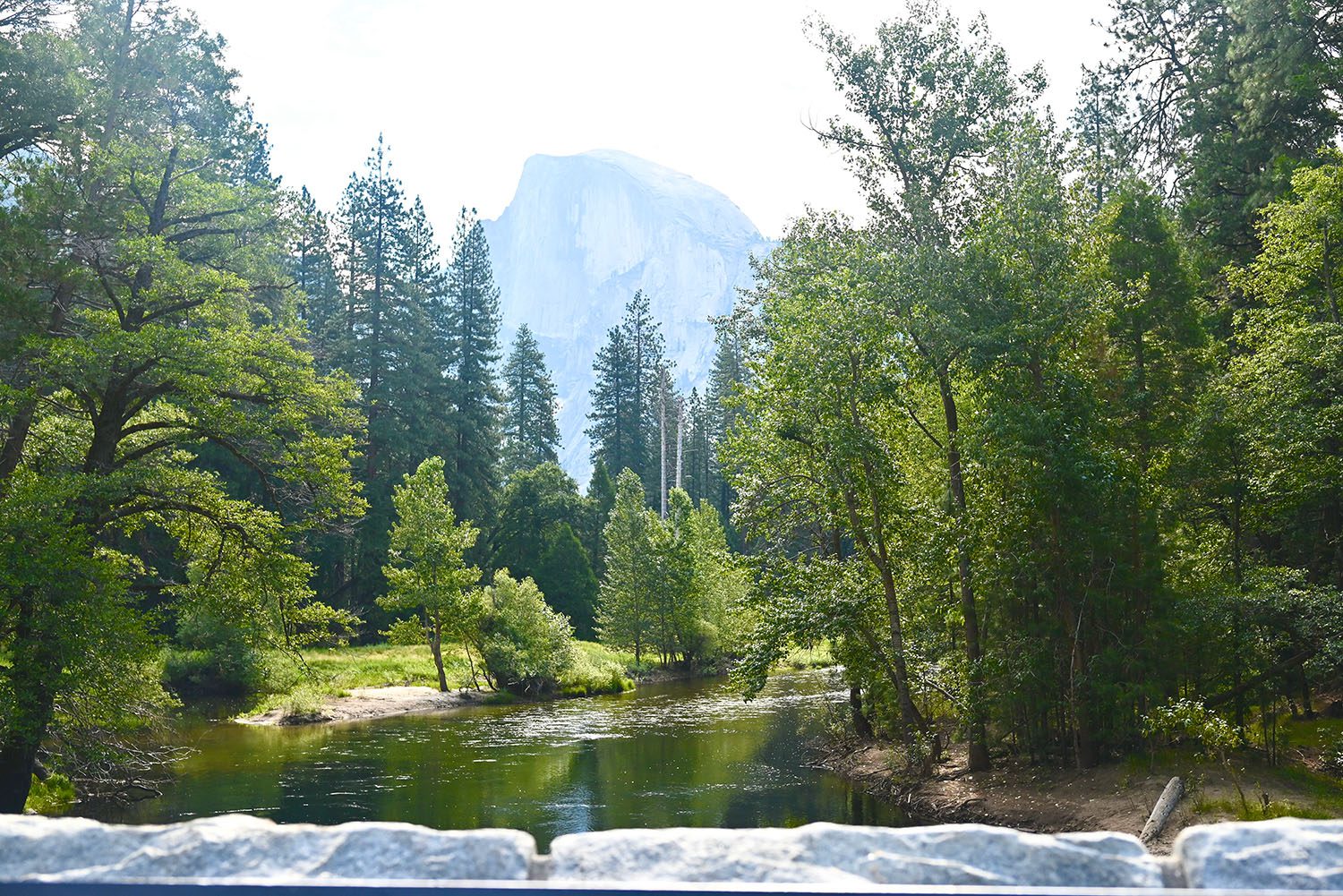Park Information Quick Facts
Location: California
Park Size: 747,956 Acres
Time Needed: 1-3 days
Best Season: Late May or early September
Must Do: Half Dome
Lodging: Campsites in and around the park
Pro Tips: The diversity of trails makes it possible to immerse yourself in nature while tailoring the experience to your own pace and ability.
Visitor Centers
The Yosemite Valley Visitor Center is a central hub for visitors exploring Yosemite National Park, offering a wealth of information about the park’s history, geology, and natural wonders. Located in Yosemite Village, it provides interactive exhibits that help visitors learn about the formation of Yosemite’s iconic granite cliffs, the ecological diversity within the park, and the cultural history of Native American tribes like the Ahwahneechee. The center also features a bookstore, maps, and educational displays, making it a great starting point for anyone wanting to deepen their understanding of the park’s natural and cultural significance.
Plan Your Yosemite Adventure Today!
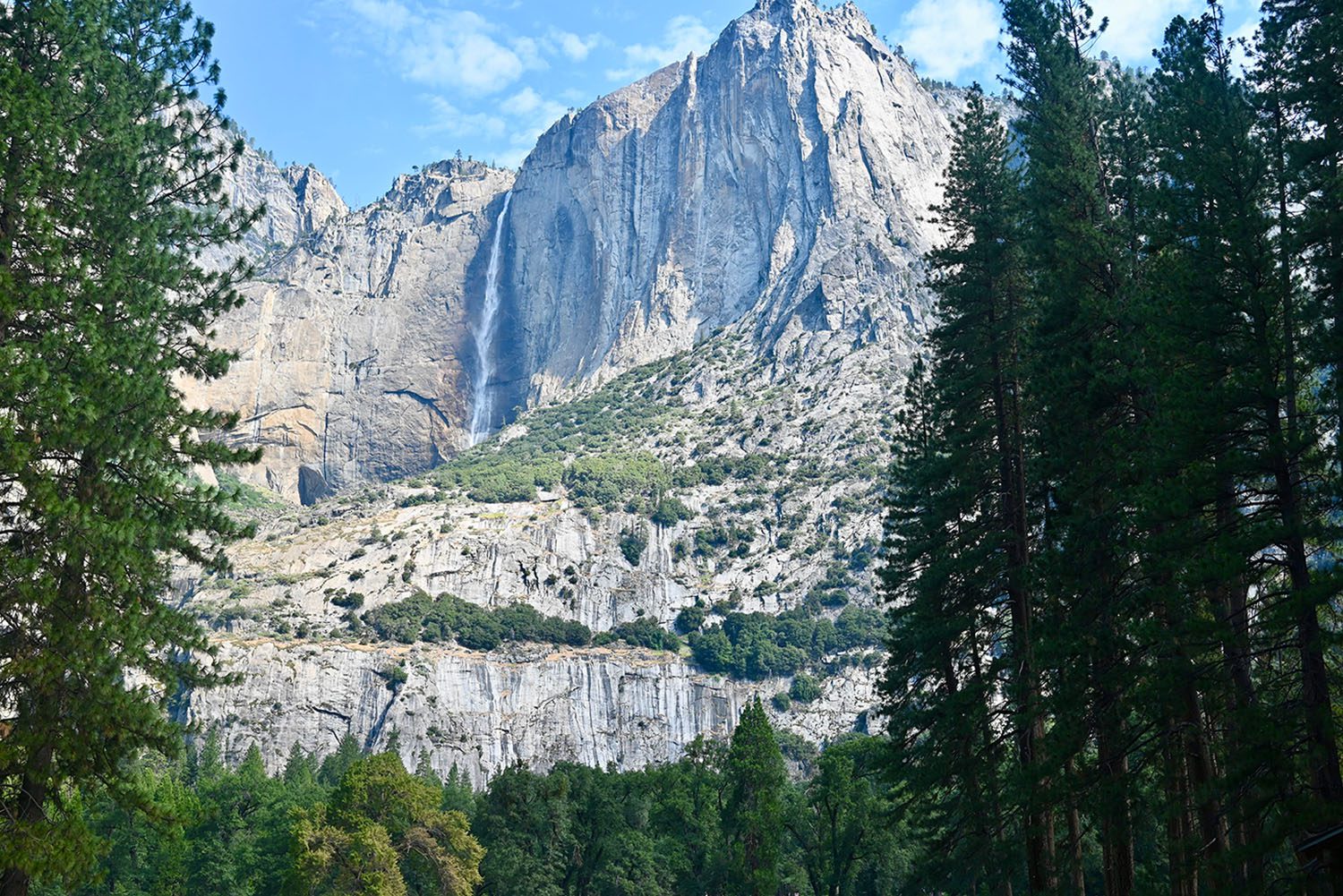
Getting There
How to Travel to Yosemite National Park
Traveling to Yosemite National Park requires some planning, but the journey is well worth the effort. If you’re flying in, the closest major airports are Fresno Yosemite International (about 2.5 hours away), Sacramento International (about 3.5 hours), and San Francisco International (about 4 hours). From there, you can rent a car to drive into the park. Several routes lead to Yosemite depending on which part of the park you plan to visit. Highway 120, 140, and 41 are the main entrances, with each providing scenic views as you approach the park. It’s essential to check for any road closures or requirements, such as tire chains in winter, as conditions can vary significantly.
If you’re traveling by public transportation, options like YARTS (Yosemite Area Regional Transportation System) offer convenient bus services from surrounding towns like Merced, Mariposa, and Fresno. Amtrak trains also connect to these bus lines, providing a stress-free alternative to driving. This is especially useful during peak season when parking inside the park can be limited, and shuttle services within the park help you navigate key areas like Yosemite Valley without worrying about your car.
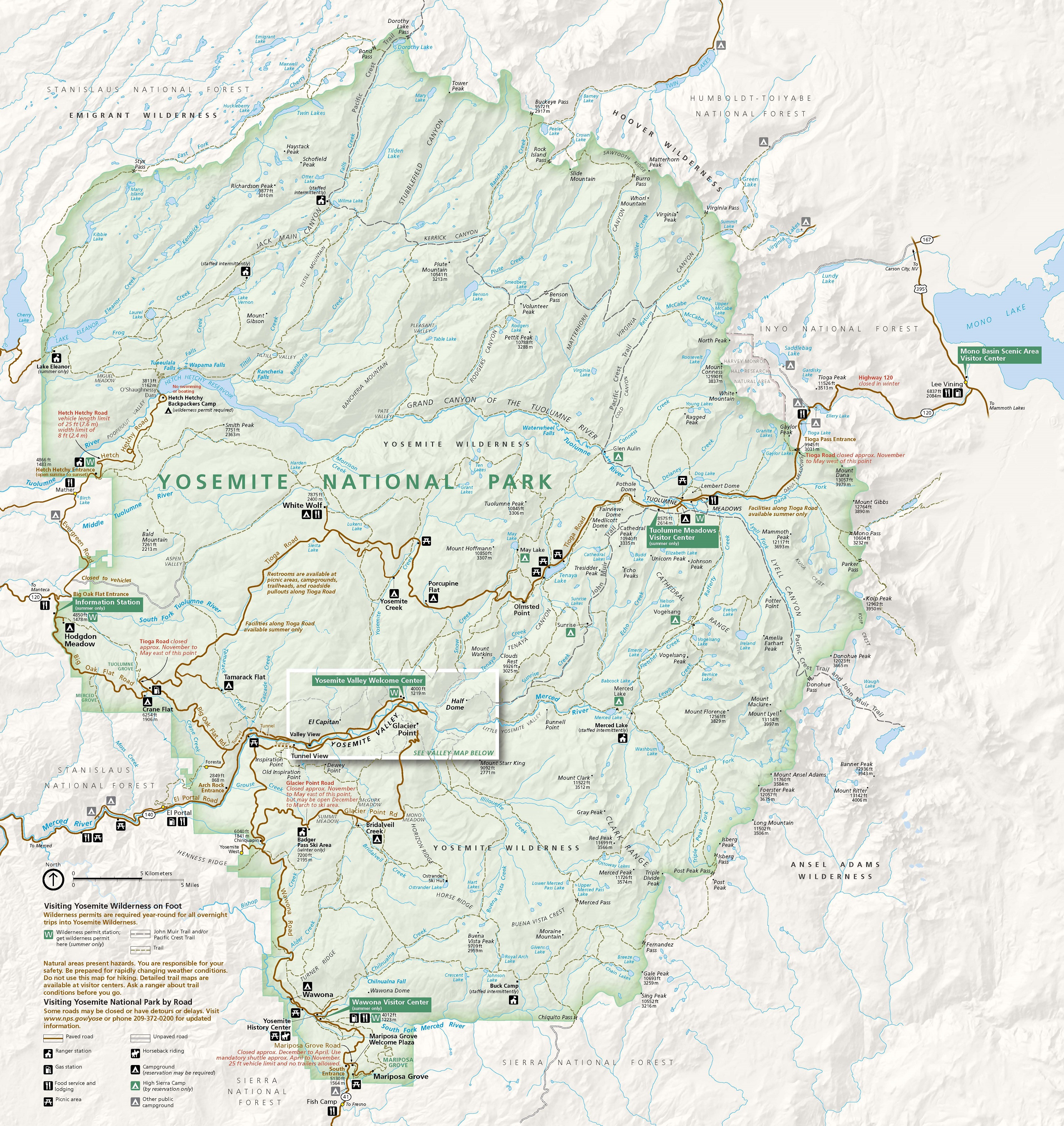
Campsites
Yosemite Valley
The heart of Yosemite, home to iconic landmarks like El Capitan, Half Dome, and Yosemite Falls. Yosemite Valley is a bustling hub with visitor services, campsites, and numerous trailheads. It’s known for its towering granite cliffs, lush meadows, and dramatic waterfalls, making it one of the most photographed locations in the park.
Glacier Point
A stunning overlook offering panoramic views of Yosemite Valley, Half Dome, and the High Sierra. Glacier Point is accessible by car in summer and fall or via a challenging hike. It provides one of the most breathtaking viewpoints in the park, especially at sunset.
Mariposa Grove of Giant Sequoias
Home to over 500 giant sequoias, some of the largest and oldest trees in the world. Mariposa Grove is a must-visit for those wanting to see towering sequoias like the Grizzly Giant and the California Tunnel Tree. It offers easy and moderate hiking trails through this ancient grove.
Tuolumne Meadows
A high-elevation subalpine meadow offering serene beauty, less crowds, and cooler temperatures. Tuolumne Meadows is a great base for high country hikes, including access to Cathedral Lakes and the John Muir Trail. It’s a peaceful area with wildflowers, rivers, and granite domes.
Tioga Road
This scenic drive stretches across Yosemite’s high country, offering stunning views and access to alpine lakes, forests, and meadows. Tioga Road connects to the east side of the Sierra Nevada and is typically open from late spring to early fall due to snow closures in winter.
Hetch Hetchy
A less-visited reservoir and valley that offers excellent hiking and scenic beauty. Hetch Hetchy features waterfalls and wildflowers in the spring and is a great destination for those seeking solitude. It is also a gateway for backcountry hiking.
Wawona
A historic area near the park’s south entrance, Wawona is known for its rustic charm and access to the Pioneer Yosemite History Center. It also provides access to the Mariposa Grove and offers a quieter atmosphere for visitors.
Bridalveil Fall
One of the most famous waterfalls in Yosemite, Bridalveil Fall is located near the entrance to Yosemite Valley. The 620-foot waterfall flows year-round and is known for its graceful flow and misty spray, especially in spring.
El Capitan
A world-famous granite monolith that rises over 3,000 feet from the valley floor. El Capitan is a favorite among rock climbers and offers a stunning view for visitors. Watching climbers scale its sheer vertical face is a popular activity in the park.
Half Dome
Another iconic granite formation, Half Dome is recognizable for its distinct shape and challenging hike. The Half Dome hike is a strenuous adventure requiring a permit, but those who make it to the summit are rewarded with incredible views.
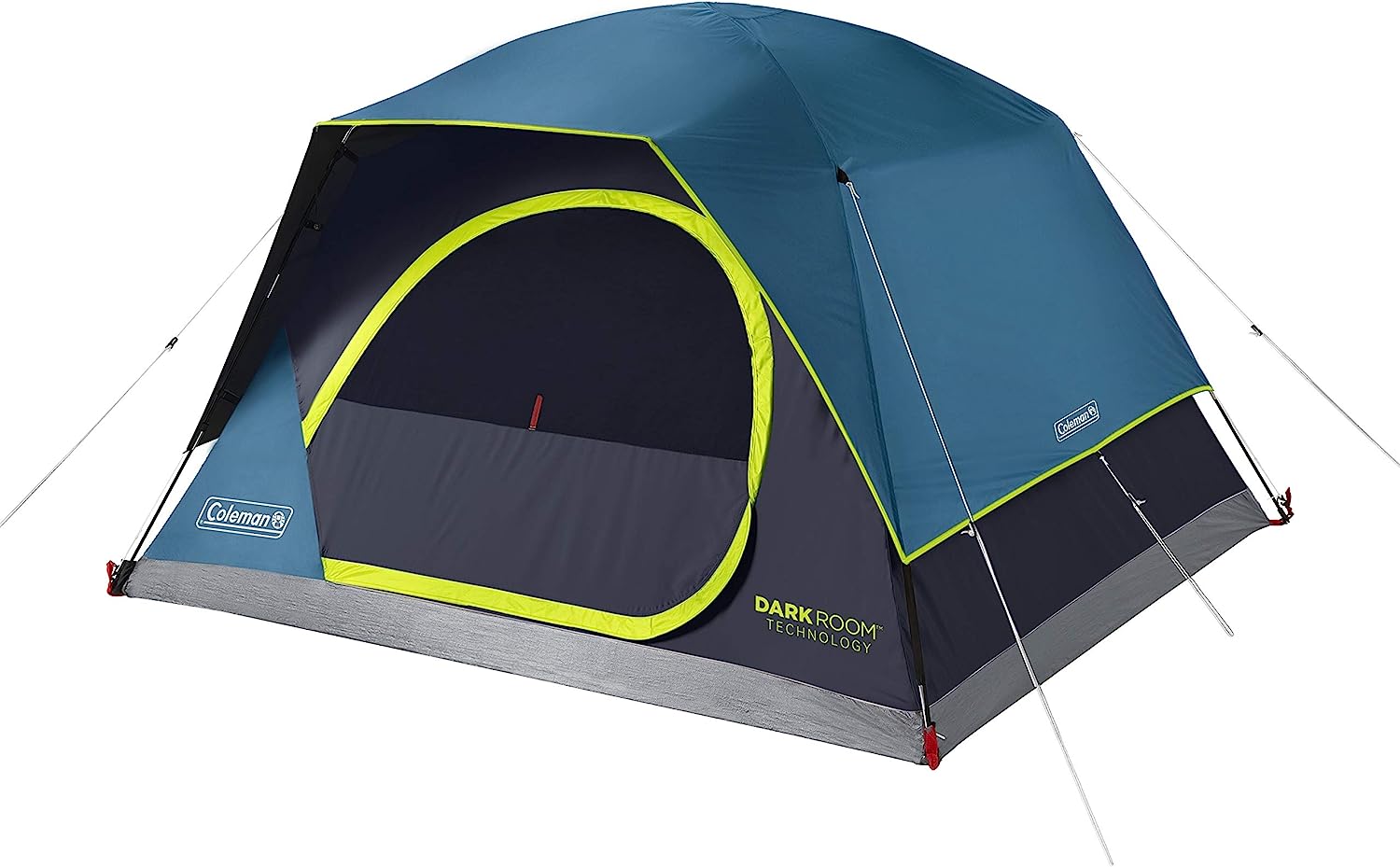
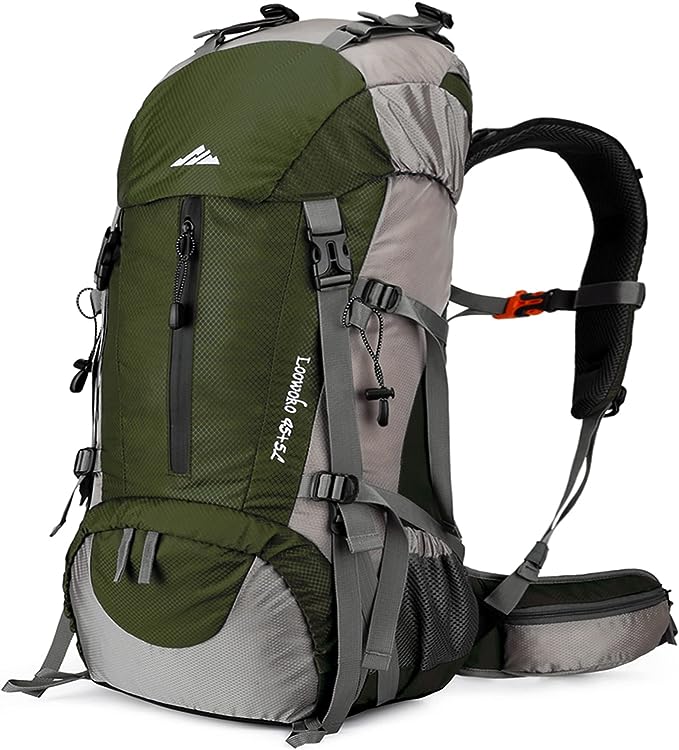
Important Notes
Make Reservations Early
Tip: Campsites in Yosemite, especially those in Yosemite Valley, fill up quickly. Reservations open five months in advance on the 15th of each month, so plan ahead and book as soon as possible. Some campgrounds, like Camp 4, are first-come, first-served, but they still fill up early in the day.
Be Bear Aware
Tip: Yosemite is home to black bears, so it’s crucial to store all food and scented items in bear-proof storage lockers provided at the campsites. Never leave food in your car, as bears can break in, and always follow the park’s guidelines for food storage to protect both yourself and the wildlife.
Prepare for Changing Weather
Tip: Yosemite’s weather can change quickly, especially at higher elevations. Even in summer, temperatures can drop significantly at night. Bring warm clothing, extra blankets, and weather-appropriate gear like rain jackets or sun protection.
Popular Hiking Trails
Lower Yosemite Fall Trail
- Distance: 1 mile (1.6 km) loop
- Elevation Gain: 50 feet (15 m)
- Highlights: Offers a close-up view of Lower Yosemite Fall, part of the tallest waterfall in North America. This flat, paved trail is family-friendly and accessible year-round.
- Starting Point: Yosemite Valley, near Yosemite Lodge.
Mariposa Grove of Giant Sequoias
- Distance: 7 miles (11.3 km) loop
- Elevation Gain: 1,200 feet (366 m)
- Highlights: Walk among ancient sequoias, including the Grizzly Giant and California Tunnel Tree. Suitable for families looking for a longer hike.
- Starting Point: Mariposa Grove Welcome Plaza.
Half Dome Hike
- Distance: 14-16 miles (22.5-25.7 km) round trip
- Elevation Gain: 4,800 feet (1,463 m)
- Highlights: A bucket-list hike that includes cables to climb the final stretch to the summit. Permits are required for this challenging adventure.
- Starting Point: Happy Isles in Yosemite Valley.
Bridalveil Fall Trail
- Distance: 0.5 miles (0.8 km) round trip
- Elevation Gain: 80 feet (24 m)
- Highlights: A short walk to the base of Bridalveil Fall, where mist from the falls creates rainbows on sunny days.
- Starting Point: Bridalveil Fall parking area on Wawona Road.
Mist Trail to Vernal and Nevada Falls
- Distance: 6 miles (9.7 km) round trip
- Elevation Gain: 2,600 feet (792 m)
- Highlights: Stunning views of Vernal Fall and Nevada Fall. The trail features steep granite steps and heavy mist near the falls, especially in spring.
- Starting Point: Happy Isles in Yosemite Valley.
Clouds Rest Trail
- Distance: 14.5 miles (23.3 km) round trip
- Elevation Gain: 1,775 feet (541 m)
- Highlights: Offers unmatched views of Half Dome and Yosemite Valley from a higher vantage point than Half Dome itself.
- Starting Point: Sunrise Lakes Trailhead on Tioga Road.
Mirror Lake Trail
- Distance: 2 miles (3.2 km) round trip to the lake, 5 miles (8 km) loop around
- Elevation Gain: 100 feet (30 m)
- Highlights: Perfect for views of Half Dome’s reflection in the calm waters. The trail is open year-round and great for birdwatching.
- Starting Point: Shuttle Stop #17 in Yosemite Valley.
Four Mile Trail to Glacier Point
- Distance: 4.8 miles (7.7 km) one way
- Elevation Gain: 3,200 feet (975 m)
- Highlights: Panoramic views of Yosemite Valley, including El Capitan and Half Dome. This trail is often closed in winter due to snow.
- Starting Point: Yosemite Valley, near Swinging Bridge.
John Muir Trail
- Distance: 213.7 miles (344 km)
- Elevation Gain: 46,000 feet (14,000 m) (entire trail)
- Highlights: A legendary long-distance trail starting in Yosemite Valley and ending at Mount Whitney. Suitable for experienced hikers looking for an epic backpacking journey.
- Starting Point: Happy Isles in Yosemite Valley.
Hiking Trails in Yosemite National Park
Hiking at Yosemite National Park is a journey through some of the most breathtaking landscapes in the world. With over 750 miles of trails, Yosemite offers something for everyone, from short, family-friendly walks to challenging, multi-day treks. The park’s trails wind through lush meadows, towering granite cliffs, serene alpine lakes, and ancient sequoia groves, offering stunning views at every turn. Iconic landmarks like Half Dome, Yosemite Falls, and El Capitan are often the highlights of these adventures, drawing hikers from all over the globe.
For beginners and casual hikers, Yosemite offers several easy-to-moderate trails that showcase the park’s beauty without requiring intense effort. The Lower Yosemite Fall Trail, Bridalveil Fall Trail, and Mirror Lake Trail provide up-close views of waterfalls and tranquil scenery, making them perfect for families and those with limited time. Meanwhile, trails like the Mist Trail and the Four Mile Trail offer more of a challenge, with steep ascents and rewarding vistas of cascading waterfalls, verdant valleys, and snow-capped peaks.
Wildlife at the Park
Yosemite National Park is home to a diverse array of wildlife, offering visitors a chance to observe animals in their natural habitats. With its vast ecosystems ranging from oak woodlands and lush meadows to alpine tundra, Yosemite supports over 400 vertebrate species. Iconic mammals like black bears, mule deer, and bobcats roam the park, while smaller creatures such as squirrels, marmots, and raccoons are commonly spotted near trails and campgrounds. Bird enthusiasts can enjoy sightings of peregrine falcons, great gray owls, and Steller’s jays, which thrive in the park’s varied habitats.
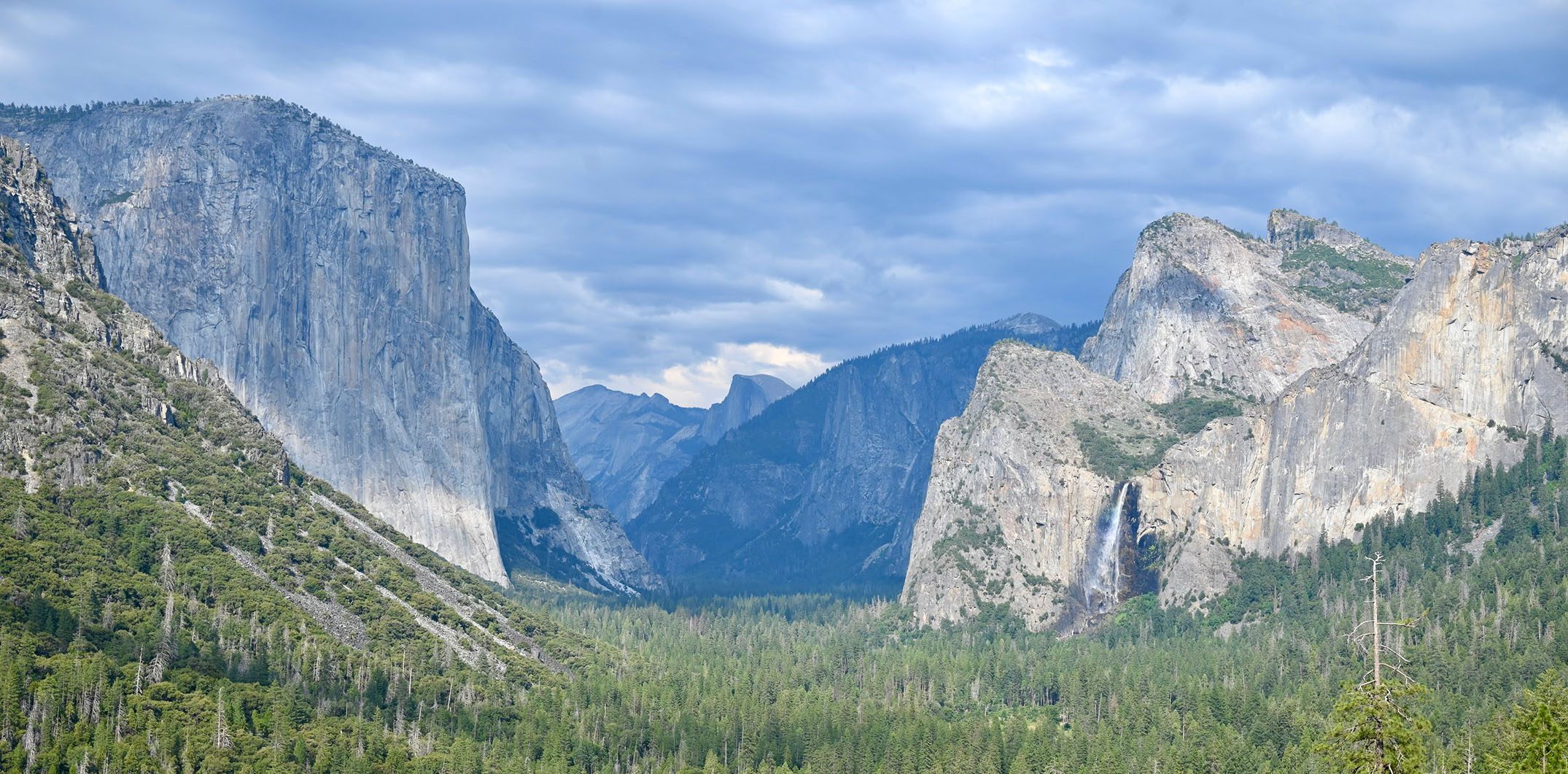
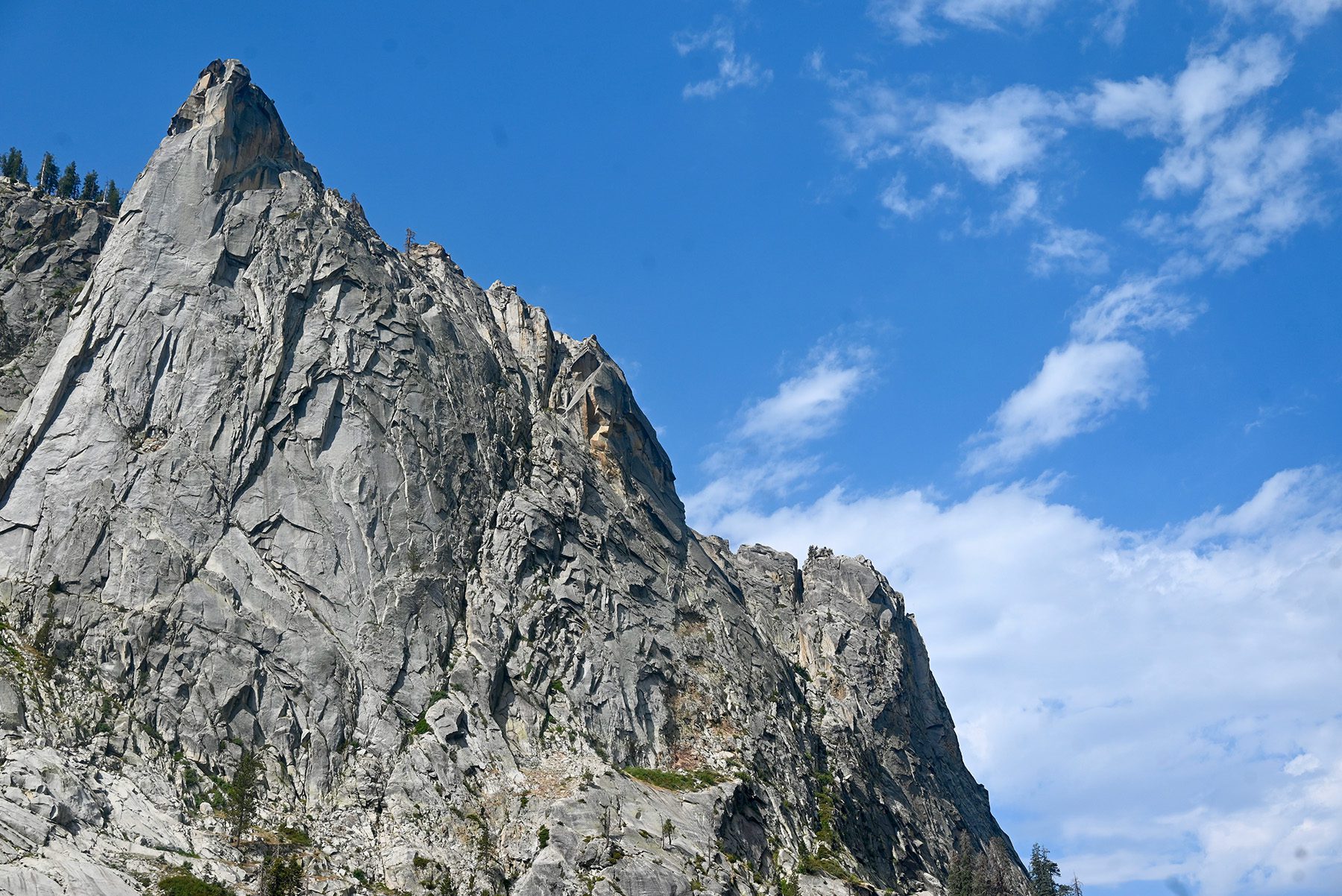
Aquatic life also plays a vital role in Yosemite’s ecosystems. Streams, rivers, and lakes are home to species like rainbow trout, Sierra Nevada yellow-legged frogs, and western pond turtles. These waterways provide sustenance for larger predators such as river otters and bald eagles. Insects like butterflies and dragonflies add vibrancy to the landscape, while pollinators like bees and hummingbirds ensure the health of Yosemite’s plant life. Seasonal changes often bring unique wildlife activity, such as deer migrating to lower elevations in winter or bears foraging for food in preparation for hibernation.
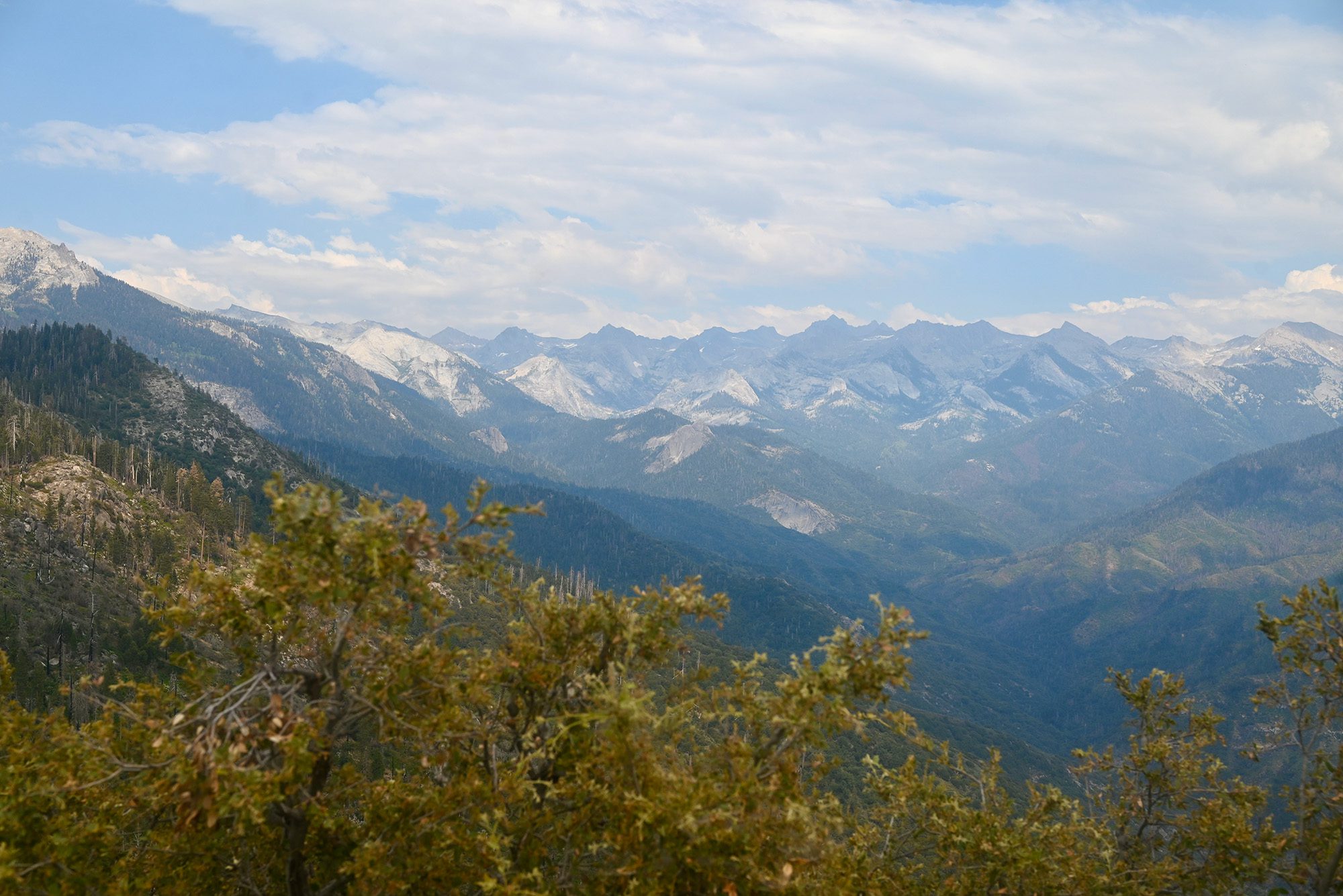
Gear We Used

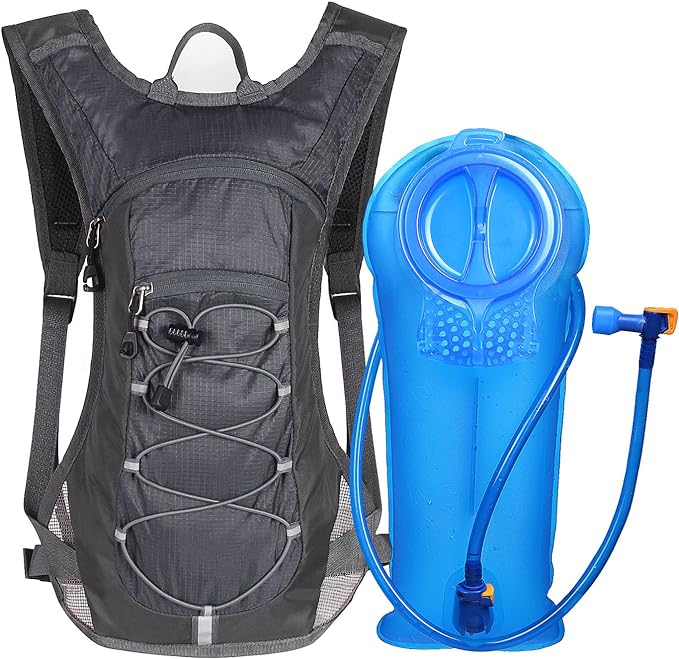
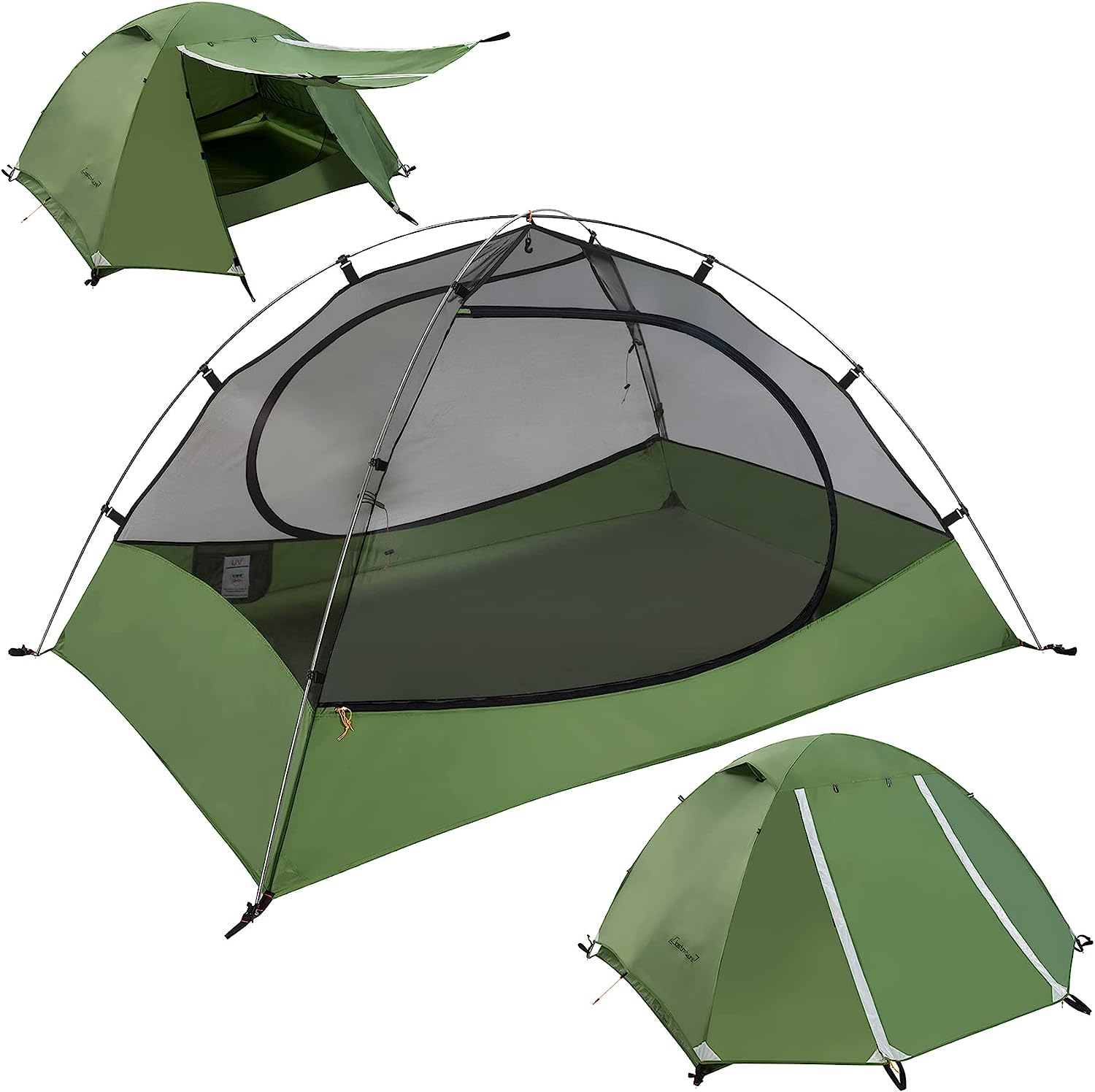

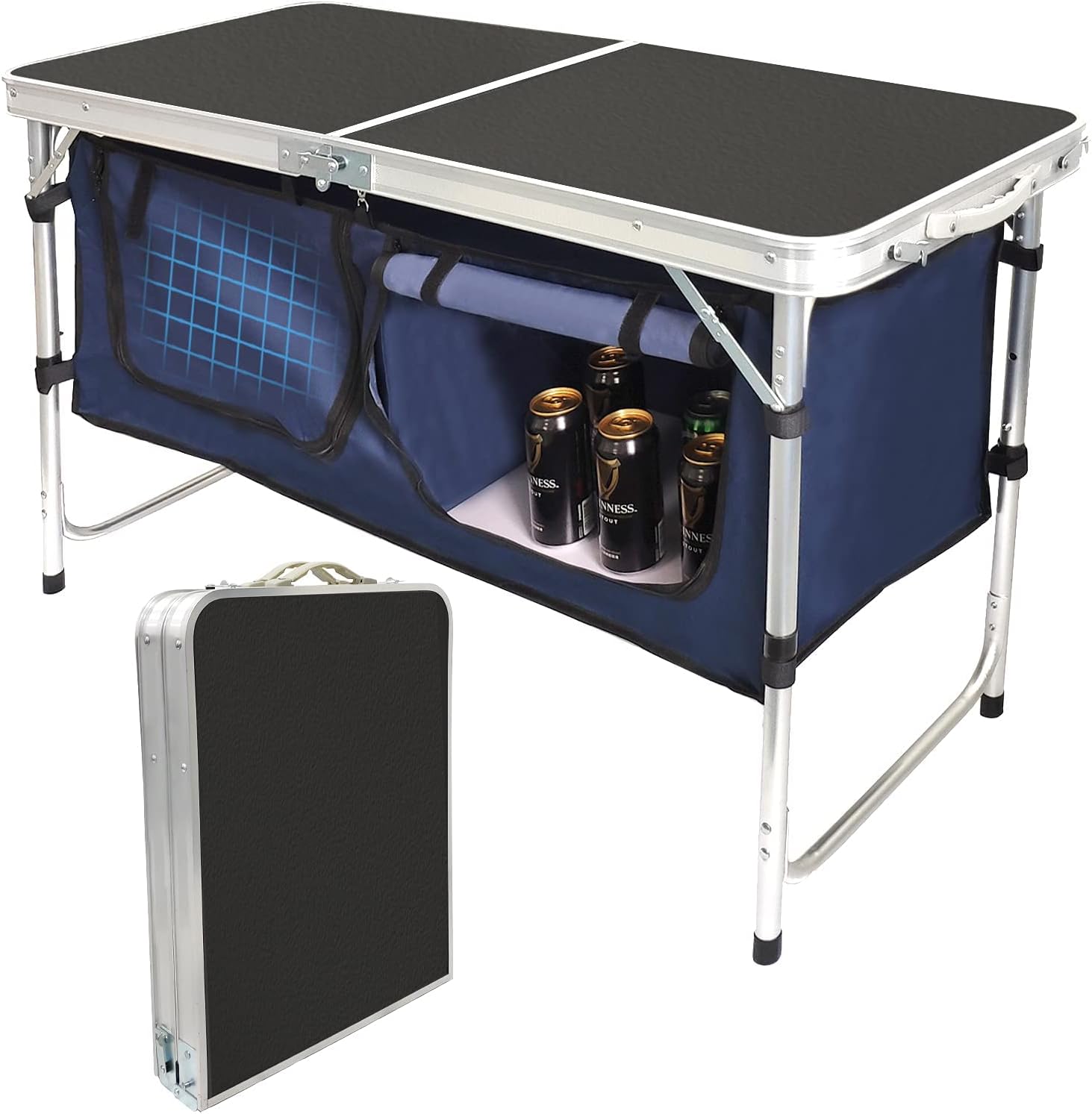
Must-Do Activities
Visit Glacier Point:
For some of the most iconic panoramic views of Yosemite Valley, Half Dome, and the High Sierra, Glacier Point is a must-visit. Whether you hike there or drive, the view from this vantage point is unforgettable, especially at sunrise or sunset.
Hike the Mist Trail:
One of Yosemite’s most popular hikes, the Mist Trail takes you up close to Vernal and Nevada Falls. The trail is steep and can get misty from the waterfalls, but the breathtaking views of the cascading water and surrounding granite cliffs make it a must-do experience.
Explore Mariposa Grove:
Walking among the towering giant sequoias in Mariposa Grove is an awe-inspiring experience. These ancient trees, some thousands of years old, are the largest living organisms on Earth and offer a unique and peaceful encounter with nature.
Yosemite National Park History
Long before it became a national park, Yosemite Valley was inhabited by the Ahwahneechee people, a Native American tribe that lived in harmony with the land for thousands of years. Their deep connection to the valley is reflected in the name “Yosemite,” derived from their word for the area. European Americans first visited Yosemite in the mid-1800s, spurred by the California Gold Rush and increasing westward expansion. One of the first documented expeditions, led by a group of Mariposa Battalion soldiers in 1851, resulted in a tragic conflict with the Ahwahneechee people, who were ultimately displaced from their homeland.
In 1864, Yosemite made history when President Abraham Lincoln signed the Yosemite Grant, protecting the valley and the Mariposa Grove of Giant Sequoias. This marked the first time in U.S. history that land was set aside specifically for preservation and public enjoyment, laying the foundation for the future national park system. The Yosemite Grant was a pivotal moment in the conservation movement, largely driven by the efforts of early advocates like Galen Clark, who became the park’s first guardian, and conservationist John Muir. Muir’s writings and passionate activism helped raise awareness of Yosemite’s significance and were instrumental in convincing the government to take further action to protect the land.
